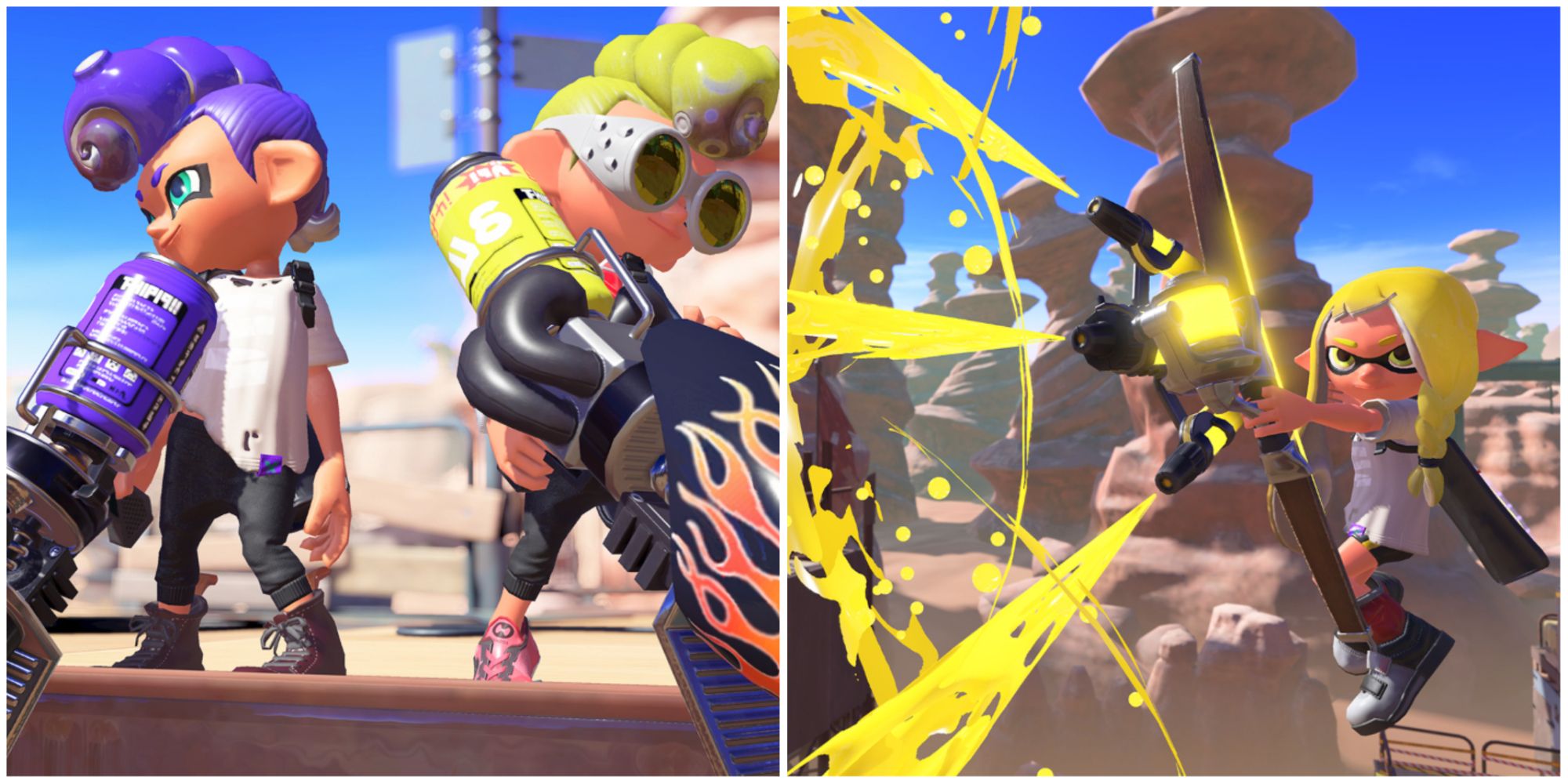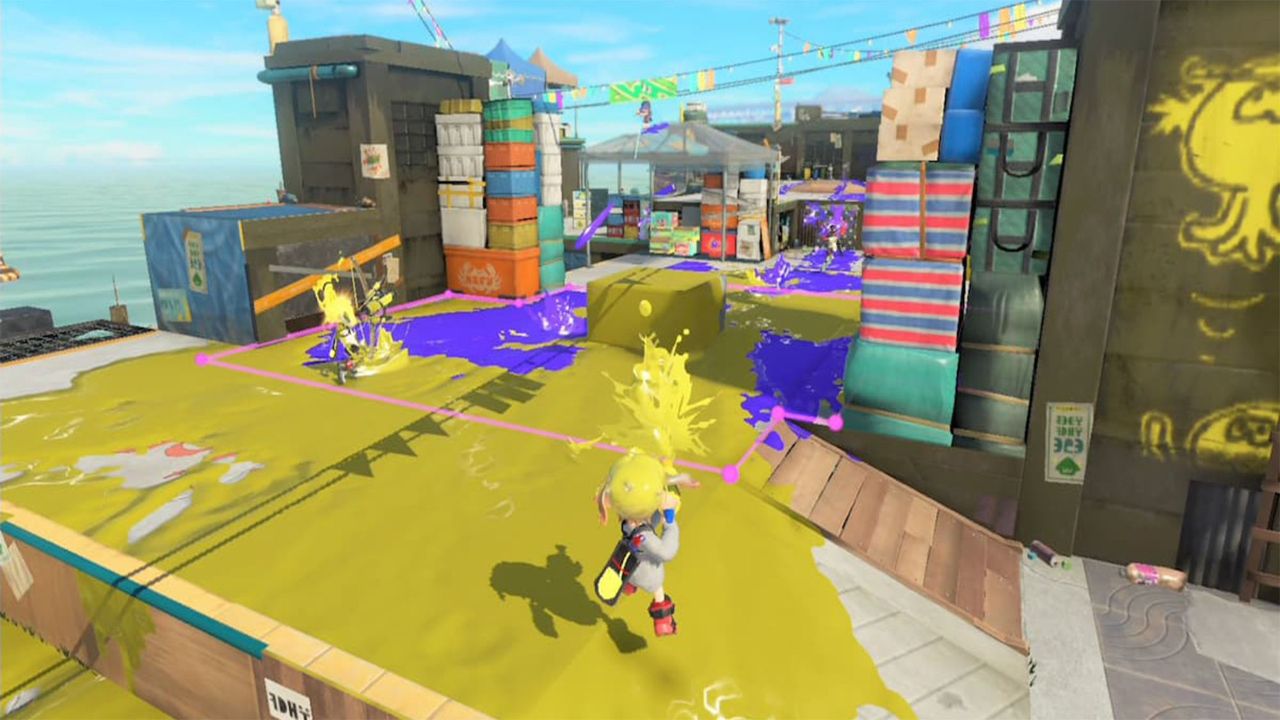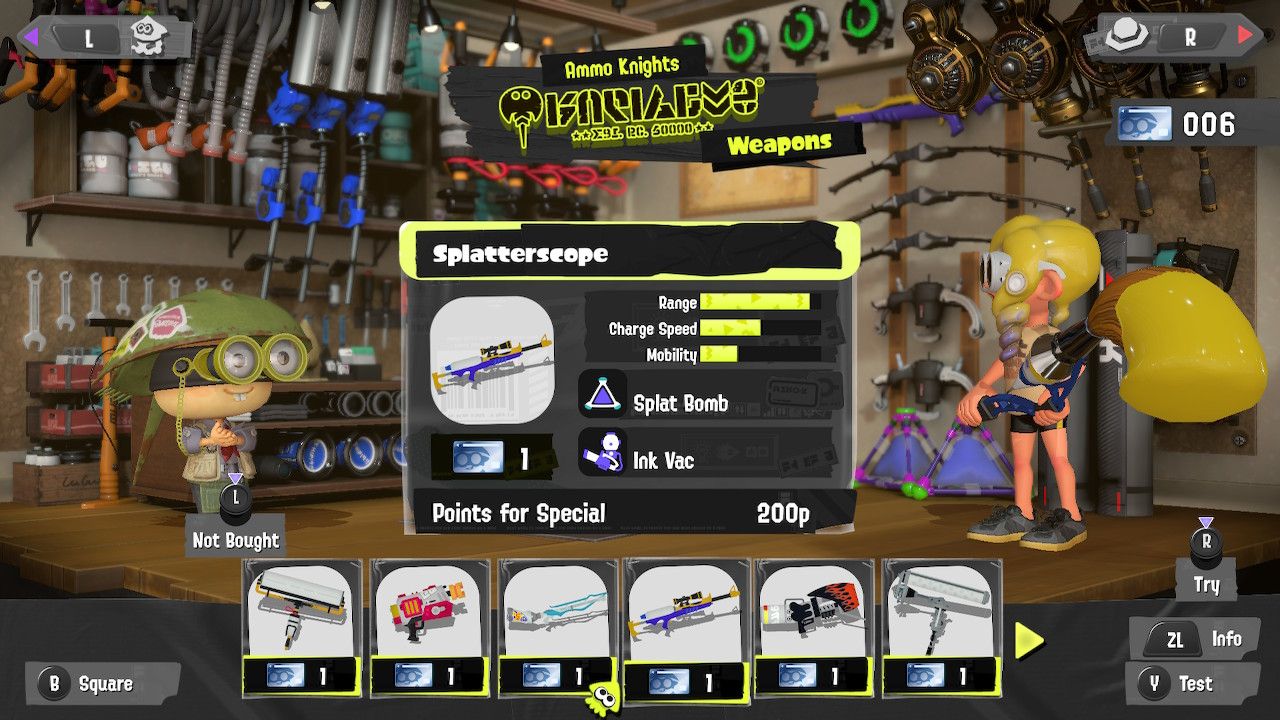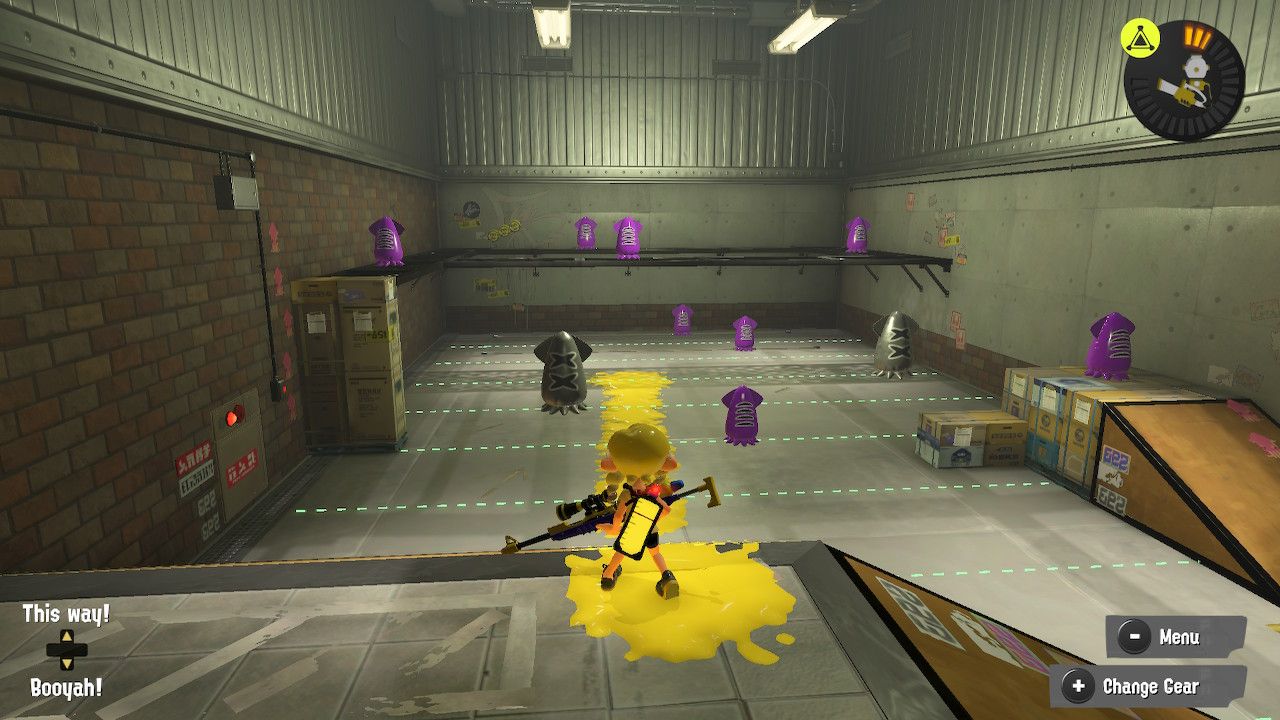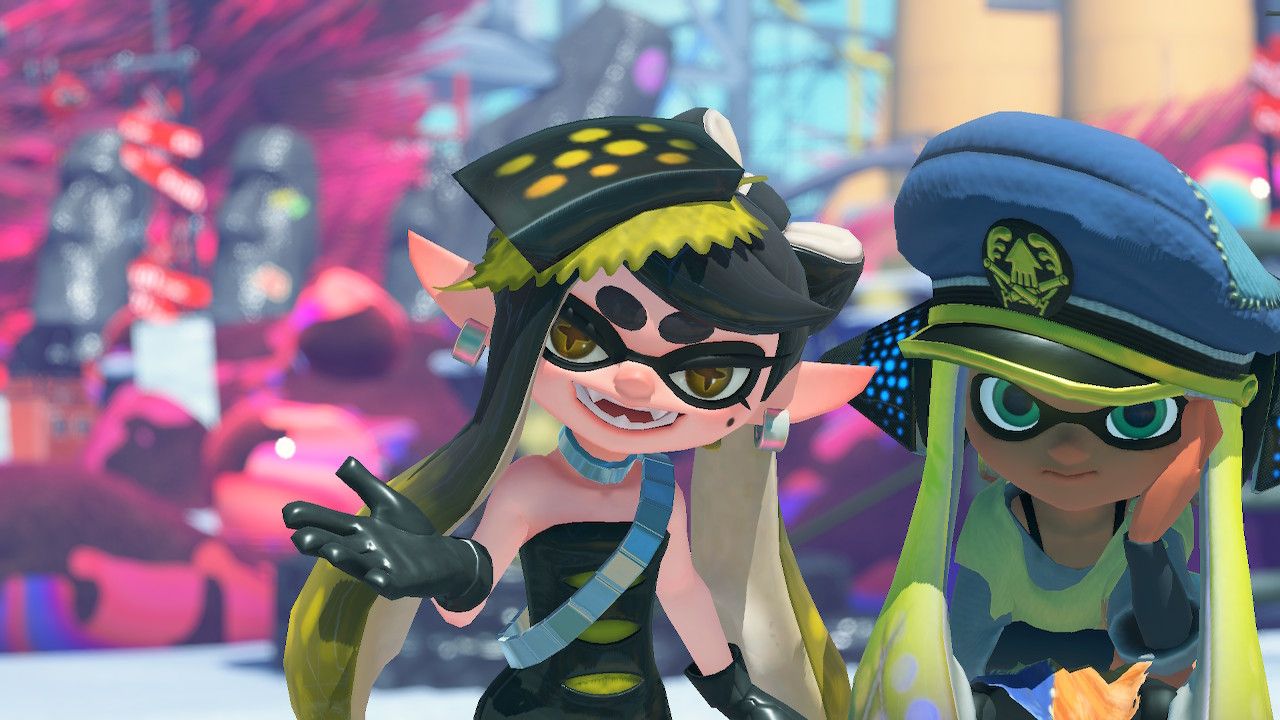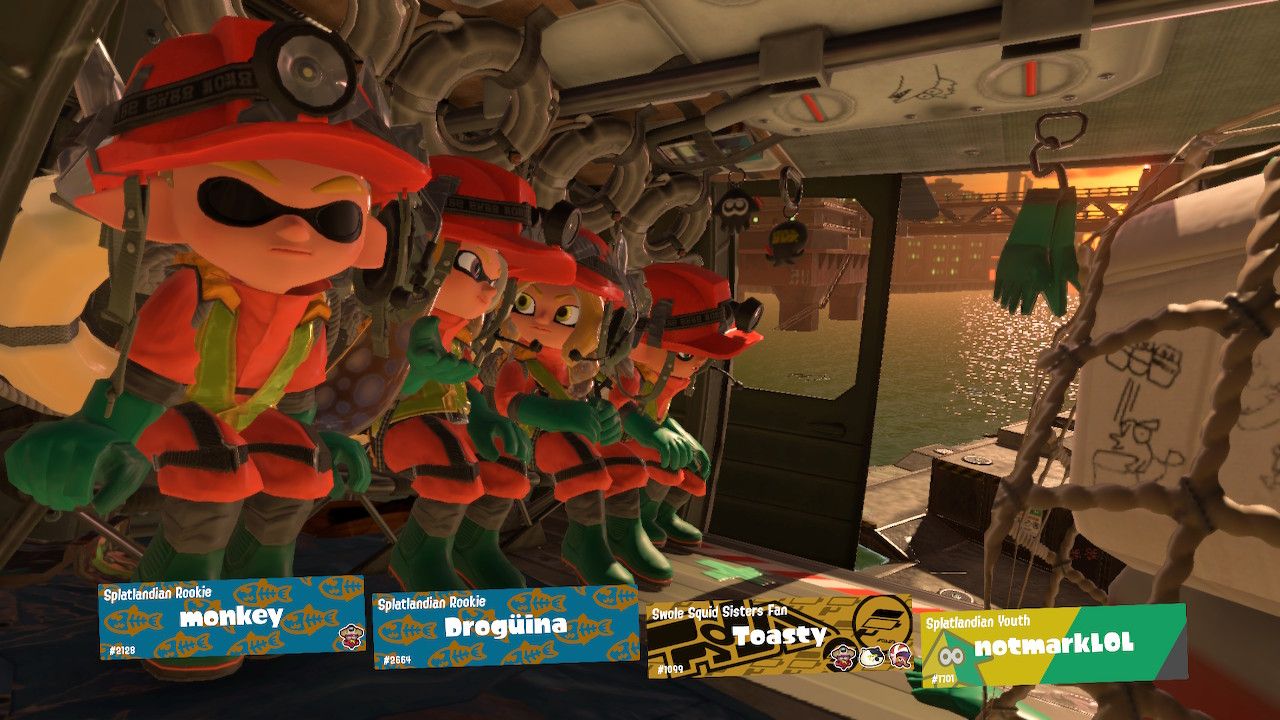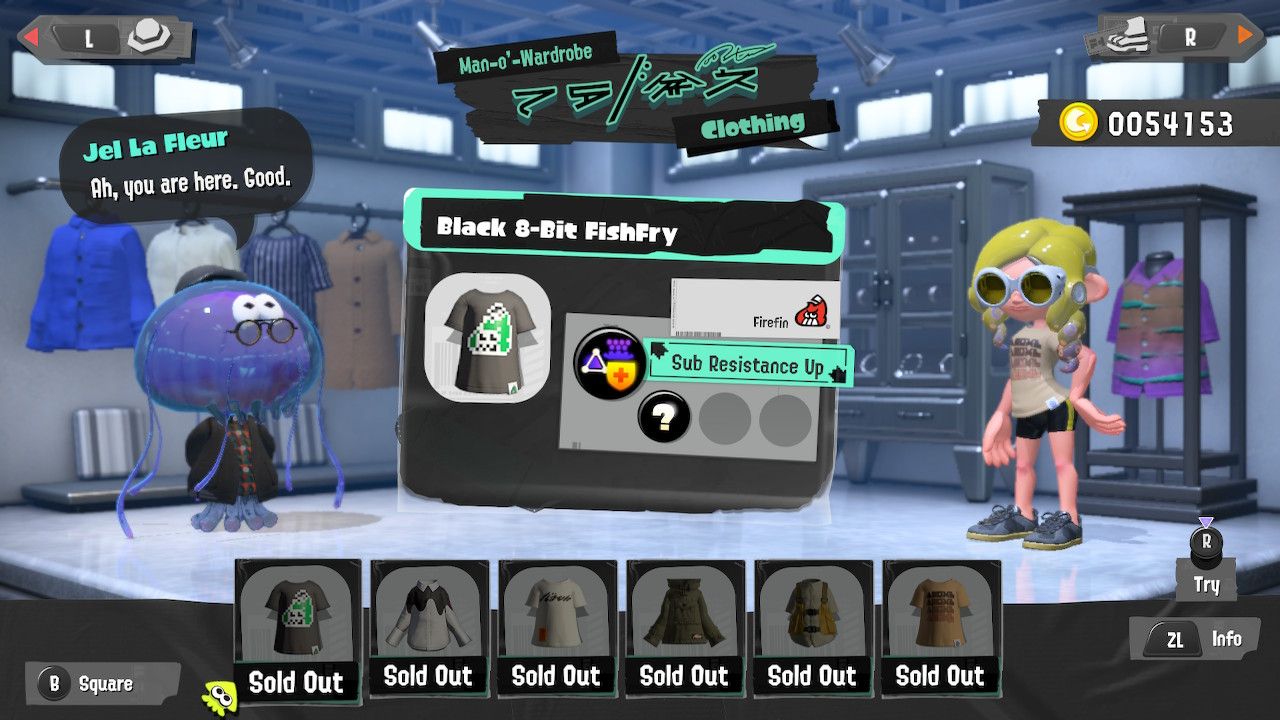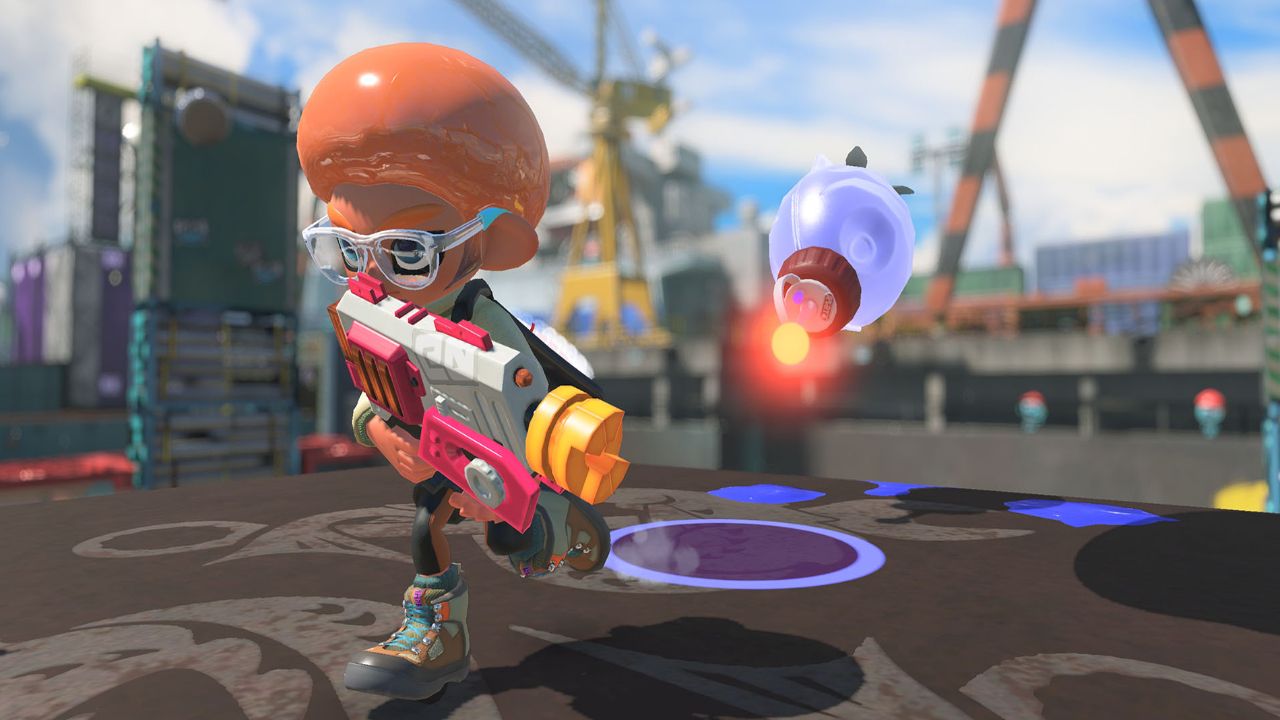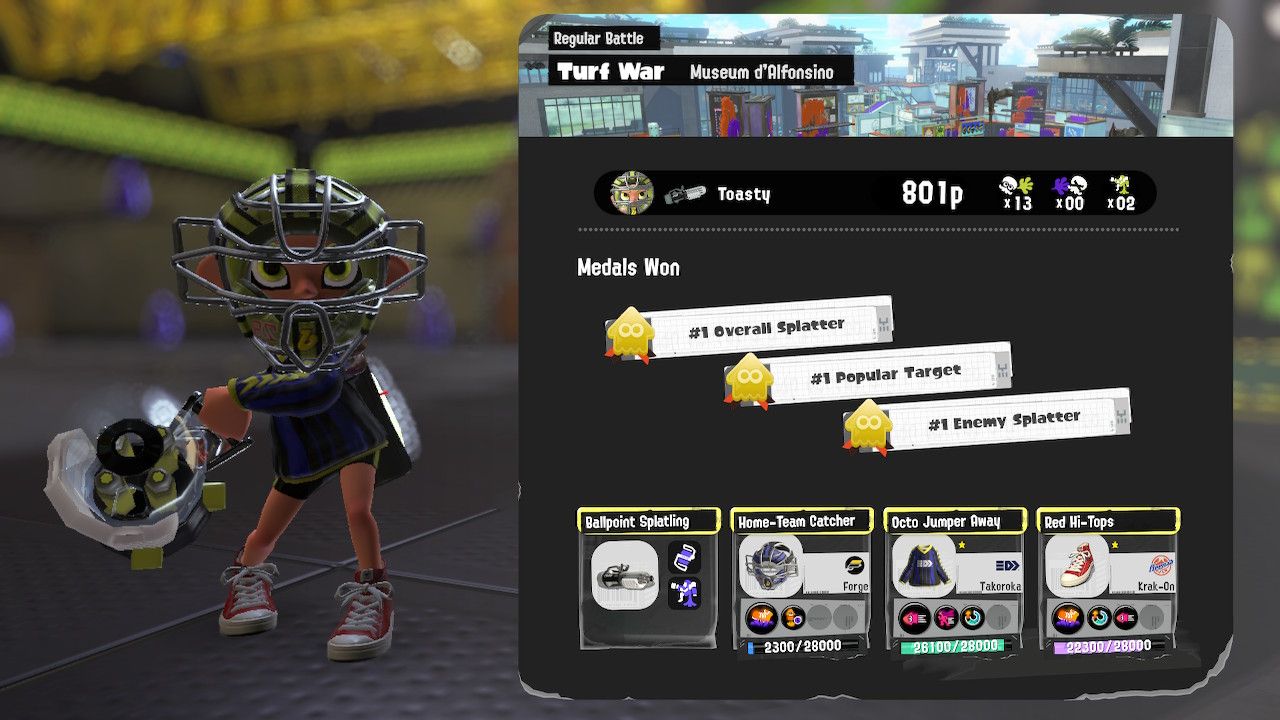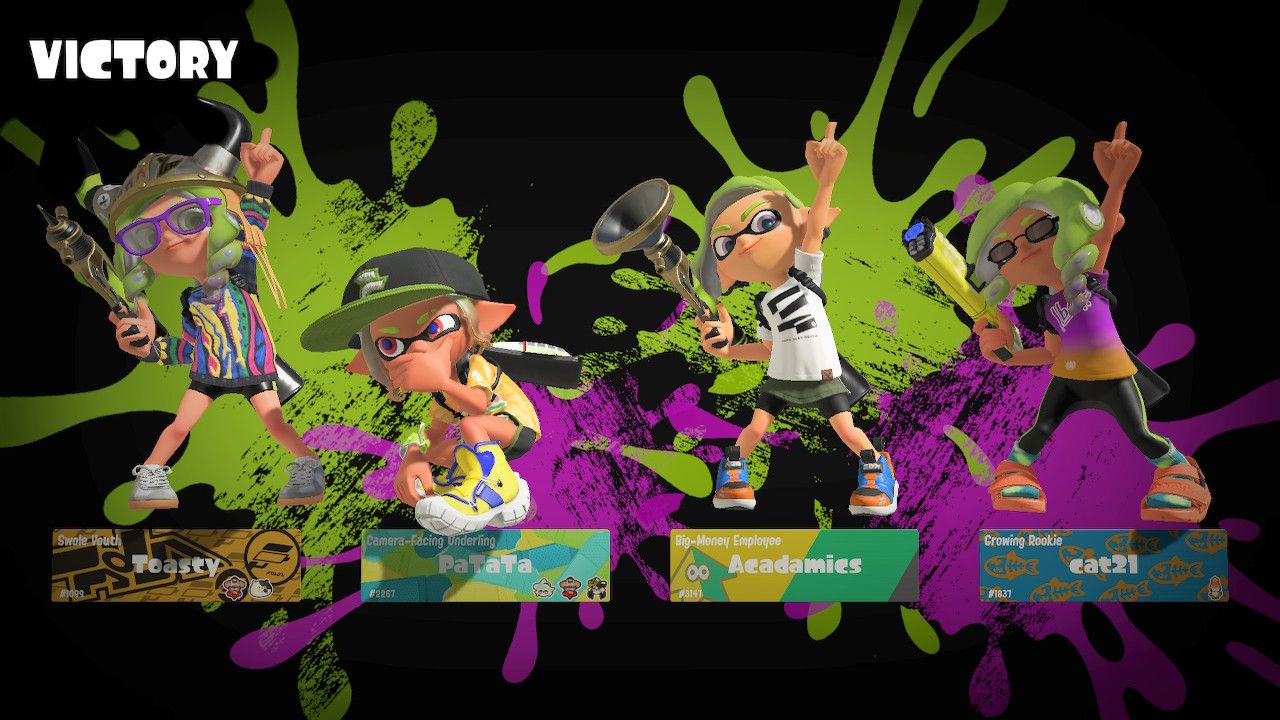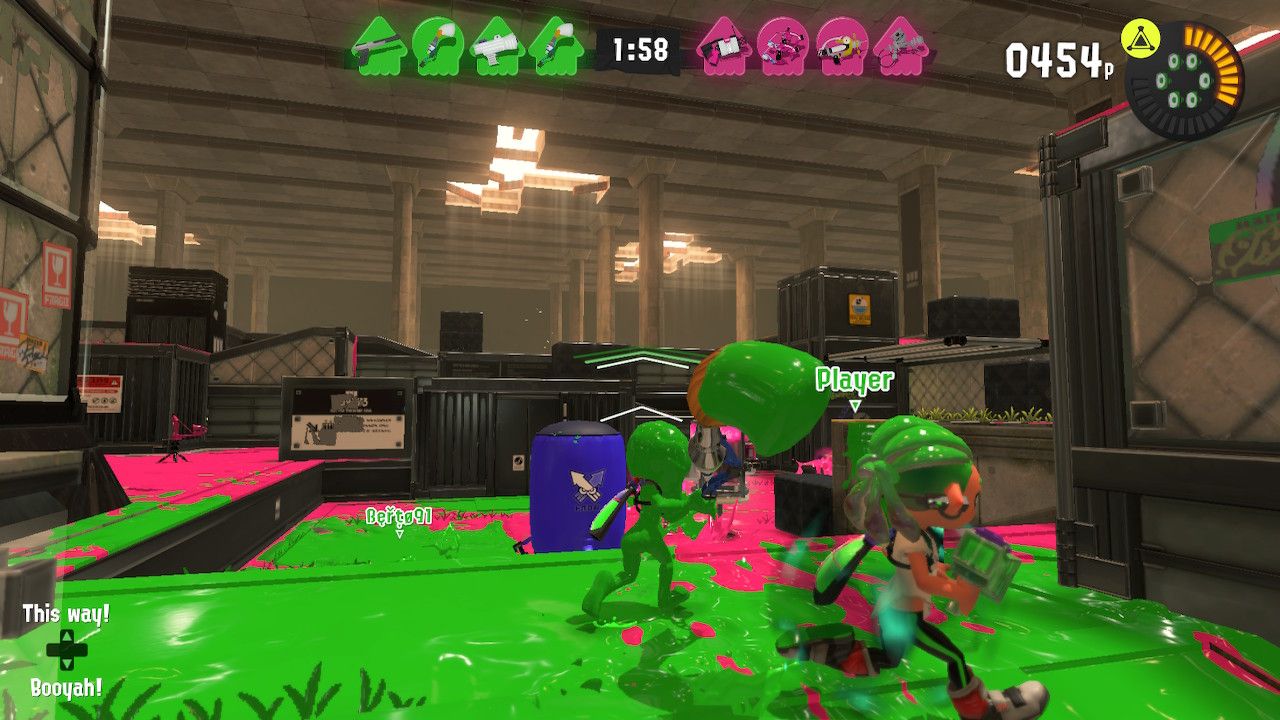Quick Links
Splatoon 3 has made quite the splash. Whilst the series has always been popular, the latest entry on the Switch has proven to be quite the success breaking series sales records left, right and centre. This is, in part, thanks to Splatoon’s iconic gameplay and Nintendo’s unique brand of game design.
Splatoon 3 is nothing if not easy to pick up, exceedingly fun to play, but difficult to master. You can hop into Splatoon for a few minutes and have a blast, but if you are so inclined, you could play for hours and have a deeply satisfying and rich competitive experience. There is a little something for everyone here, but everyone can do with a little help with nailing the game’s mechanics.
Use Motion Controls
Splatoon 3 defaults to using motion controls. Now, if you were around during the waggle era of the video game industry, this may be turned off by this feature, and seek to disable it ASAP. We would advise against that - at first. The reason for this is that the motion controls in Splatoon are excellent, and the game has been designed around their use.
As a general rule, your camera stick is used for large sweeping motions, and your motion controls are designed for fine-tuning. This can take a while to get used to, but once you nail it, Splatoon 3 feels great to play. Just be aware there is a substantial learning curve at first.
Stick With One Weapon (For A While)
The weapons in Splatoon 3 are wide, varied, and undeniably wonderful. You have 33 weapons at your disposal (eventually) spread across 11 weapon categories. Every weapon is its own unique mix of stats, traits, unique abilities, Subs and Specials. Not only that, but many weapons “feel” unique - even in the same weapon category.
This can make learning Splatoon 3 quite difficult as everything is rather alien to a newcomer. The best way to get around this is to find a weapon you like - any weapon - and stick with it. Get good with that weapon and then slowly expand your horizons and experiment from there.
This has the side benefit of rewarding you with Freshness in your chosen weapon, which unlocks additional rewards per level.
Practice Range
Splatoon 3 restricts what weapons you can use in a couple of ways. Firstly, they are level locked. Low-level characters won’t easily be able to unlock higher-level weapons. Secondly, they require special tickets called Sheldon Tickets. These are only obtained by raising your Freshness and raising your level.
These two systems combined often make it so there are more weapons in the shop than you have the resources to buy them. You don’t want to waste your Sheldon Tickets as a result. So how do you know if a weapon is to your liking? Well, you can go to the Practice Range and try out any weapon in the game directly from Sheldon’s Weapon Shop. You can even try weapons you haven’t unlocked for purchase. Simply press the "Y" button.
Play The Single Player First
Splatoon 3 is heavily weighted towards its competitive and cooperative multiplayer modes, but that doesn’t mean there isn’t a single-player campaign. There is an especially excellent one that you should absolutely play first. Now we don’t mean play it all, but we advise you to dabble in it for a bit.
The reason for this is that the campaign is an excellent tutorial for the game’s mechanics. Can’t aim? Practice in single-player. Can’t move effectively? Practice in single-player. Don’t understand a weapon? You get the point. Hop in, splat some dudes, and get better.
Try Salmon Run
Similar to our single-player advice, we would also recommend you test your mettle in Salmon Run. This is Splatoon 3’s premiere cooperative mode where you are tasked with killing Salmonoids and stealing their eggs. It's a lot of fun, and just as rewarding as playing any other mode in Splatoon 3.
What’s more, since you are working together and the mode cycles weapons daily, you can practice with a wide variety of tools in a relatively safe environment. Getting good at Splatoon doesn’t have to involve hitting your head against competitive multiplayer after all.
Buy New Gear
Weapons in Splatoon 3 are your primary way of interacting with the world. They form the basis of your build and your play style. However, Gear shouldn’t be ignored. Gear can be bought from the various shops around town, and each piece will grant you powerful bonuses.
They can range from increased resistance, and improved movement speed, to enhanced stealth. Not only that, but equipment can unlock new abilities when you wear them and gain EXP. This lets you fine-tune your play style, so get shopping!
Mobility Is Key
Splatoon 3 may be a shooter, but that doesn’t mean shooting your gun is the most important part of the game. In fact, if you want to get good at Splatoon, you need to understand your mobility options. Moving on foot is slow, but swimming through ink is fast. Quickly changing directions and jumping will execute a Squid Roll, and holding "Jump" on a vertical surface will launch you over an edge with Surge.
How about Dualies letting you dodge roll, or Brushes increasing your movement speed? There are plenty of ways to move around in Splatoon 3, so spend some time in the lobby just moving. Standing still will only get you killed.
Know Your Role
When you first start playing Splatoon 3, you won’t really notice or even care about this, but it is vital to understand for your development as a player. Splatoon 3 is a team-based game, and every member should know their role. Not only that, but everyone should understand what role their weapon excels in.
There are three roles in Splatoon, and they are Slayer, Support, and Anchor. This translates roughly to the following:
- Slayer - Splat enemies
- Support - Provide utility support and ink turf
- Anchor - Hold a big gun and stand behind your team
These are incredibly basic descriptions of what each role does, but understanding them will help you be a better player in the long run.
Don’t Sit On Specials And Sub Weapons
Splatoon is a fast-playing game. Rounds are incredibly brief lasting only 3 minutes (mode dependent). An awful lot can happen in this time, and it’s very easy to forget you have access to additional forms of attack that don’t include your primary weapon. Not using these tools will hold you back.
Sub Weapons are more often than not, some sort of explosive (although others exist). These are amazing at disrupting movement, clagging up entrenched positions, and forcing slow-moving characters out of position. Specials on the other hand restore all of your ink on activation and provide game-changing effects. These can range from huge AOE damage to mobility, to team support. Never sit on these and use them at every possible opportunity.
Ink, Ink, Ink
This might seem a bit silly, but in general, inking will help you win games - even competitive games where victory is not entirely based on inking. Inking allows you to move faster, it slows your enemies, it lets you traverse vertical surfaces, and in Turf War, it wins you games. Never underestimate the value of inking.
If you don’t know what to do, or if you are struggling to get kills early on, consider helping your team by staying alive and inking locations that are in the enemy colour, or that are simply untouched. This will charge your Special faster (always a good thing) and will actively help your team win.

